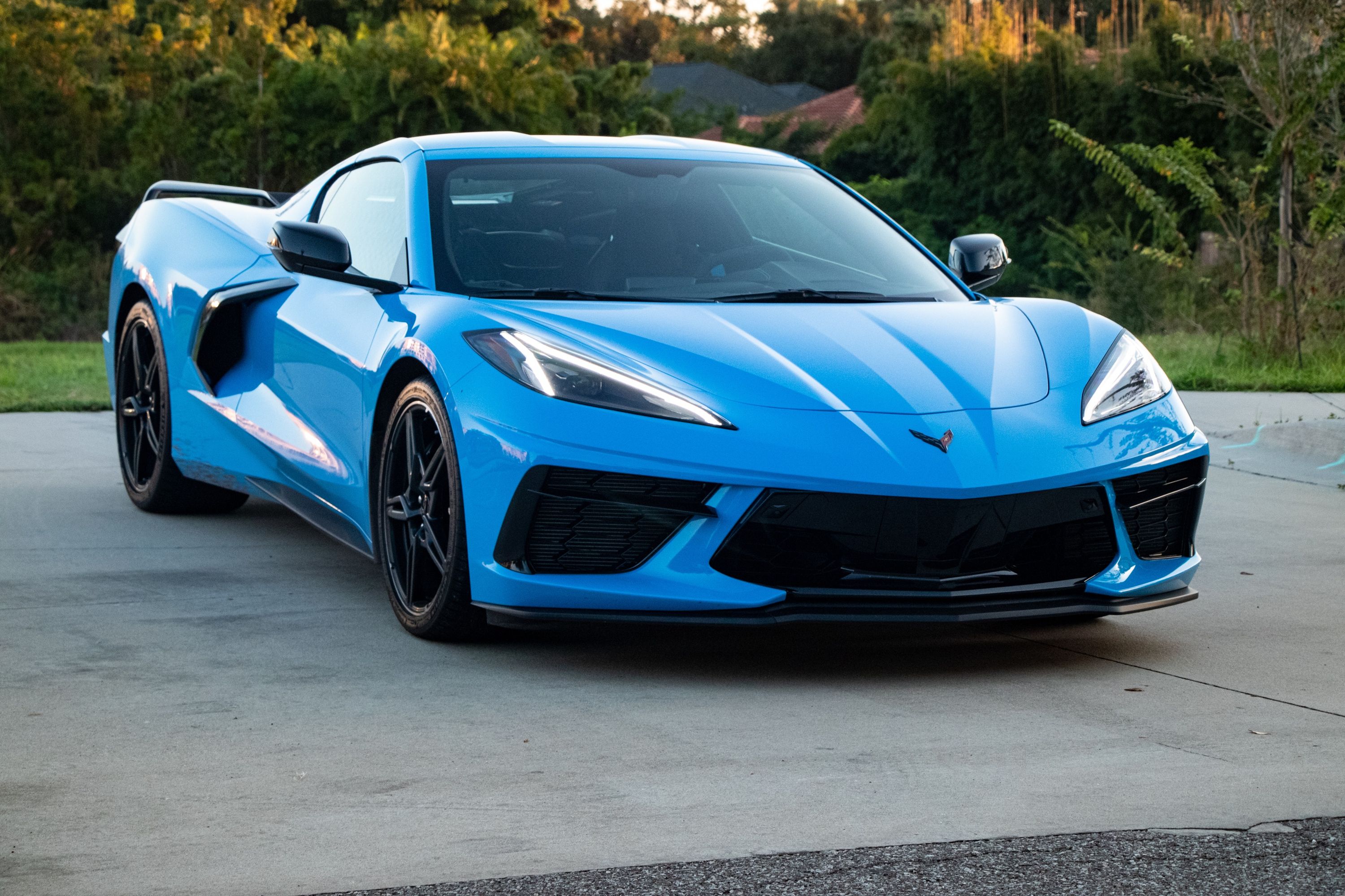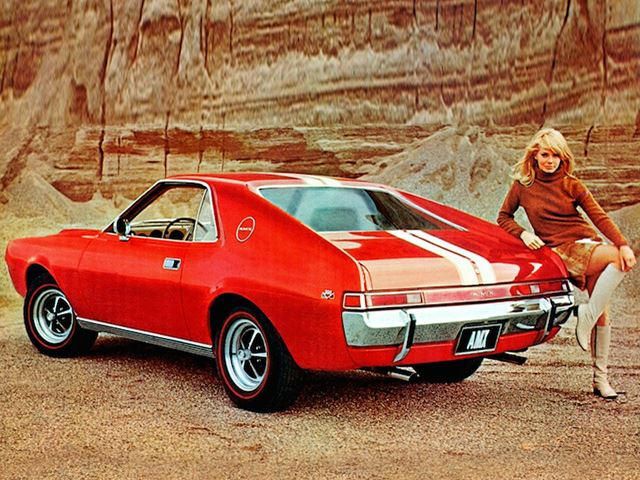
American Motor Cars (AMC) was known for being innovative. It wasn't afraid to experiment with new designs and layouts. Some of them turned out pretty well, others, such as the Pacer, well, let's just say the effort was there. Too bad AMC went under in 1987 and its remnants, specifically Jeep, were bought by Chrysler. AMC was actually a merger between the Nash-Kelvinator Corporation and the Hudson Motor Company back in 1954. At the time, it was the largest corporate merger to ever happen in the US.
Almost immediately AMC began churning out Ramblers, Hornets, and, in the 70s, the Gremlin and Pacer, to name just a few. And like the Big Three Detroit automakers, AMC had no intention of being left out of the muscle car era. Perhaps the most widely known AMC muscle car was the Javelin.
It had its own loyal following and remains quite popular amongst collectors today. However, there was another AMC muscle car that never quite achieved the Javelin's success but is still noteworthy for many other reasons. That car was the AMX. Launched in 1968, the AMX name actually comes from the internal code of "American Motors eXperimental." The automaker was keen on building a youthful-oriented economy car that wasn't boring. The design had to be different in a good way. Taking the conservative approach wasn't an option. After showing off an AMX prototype in 1966 which received solid feedback from both the press and public, AMC was eager to get production underway.
Originally, the idea was for the AMX to have a fiberglass body but that was quickly scrapped due to costs. Instead, AMC took further advantage of its also new steel-bodied Javelin. But designers knew the AMX had to be unique and something of a standout. Aside from its long hood, short rear-deck design, the rear seats were ditched, making the AMX only the second American-built two-seater on the market. The other one? The Chevrolet Corvette. But isn't a muscle car supposed to have rear seats? Technically, yes, but AMC really didn't care. The AMX wasn't a Corvette competitor, nor was it intended to be; it cost nearly 25% less.
The AMX had its official debut at the Daytona International Speedway in February, 1968, only a few months after the Javelin hit the market. Basically, AMC wanted the AMX to appeal to both muscle car and sports cars buyers. A bit controversial? Yes, but the AMX quickly found fans and, not to mention, buyers. Power came from a range of small block V8 engines, all of which were four-barrel carbureted. A four-speed manual transmission came standard while a three-speed slushbox that was actually capable of manual shifting was optional. Other standard bits included traction bars and a dual exhaust system. AMC wanted this thing to be a performer on the track, so fat tires, for improved traction, were also standard.
Just as important, the AMX was extremely well engineered and offered many industry firsts. A few of these included an injection-molded, one-piece dashboard, fiberglass safety padding, and windshield glass that was lighter and thinner, but also less likely to shatter in the event of a crash. But AMC knew this alone wouldn't make the car sell. Along with that Daytona debut, AMC employed the services of Playboy as part of a marketing agreement; the 1968 Playmate of the Year, Angela Dorian, was given an AMX. Yeah, that gave the AMX some great exposure, no pun intended.
AMC was also smart with the AMX advertisements, like showing a driver wearing a racing helmet while revving the car up at the starting line. And it worked. Younger buyers came to AMC showrooms with the required $3,500 or so in hand. The overall exterior design looked fantastic and, when combined with the "Go-Package," people could drive home with a 390 V8, unique steel wheels, a heavy-duty suspension and cooling, and various other performance enhancements. In other words, the AMX was a solid bargain. AMC soon launched the Super Stock AMX which took that 390 engine and added twin Holley carburetors, aftermarket headers, and an improved exhaust system.
Hurst Performance also contributed some performance mods. All told, it produced 420 hp, though AMX underrated it at closer to 350. Because it was meant for racing, weight was reduced by removing, among other things, the heater and air conditioning. But even the regular 390 V8-equipped cars had impressive performance numbers. 0-60 mph happened in 6.6 seconds, the quarter-mile in 14.8 seconds at 153 mph, and top speed was a respectable 122 mph. Not only did it become popular at the drag strip, but AMXs also took part in Super Stock and Pro Stock racing and the Sports Car Club of America placed it in the same amateur racing class as the Shelby GT350. Unfortunately, the AMX's life was cut short in 1970.
It only survived for three models years. How come? A few reasons, mainly because demand for high-powered two-seaters was down and insurance companies decided to raise rates for horsepower addicts. AMC instead turned the AMX into a Javelin trim level in 1971. But the era of the two-seat AMX was over with a total of just over 19,000 units built. Today the car has become popular among collectors and its value has steadily been increasing. So, was the AMX a true muscle car? Some say yes, others no. Without question though, the AMC AMX was popular among muscle car buyers of the time. It looked great, had a range of V8s, competed against the Shelby GT350, and had that unique factor. Sounds like a muscle car to us.

